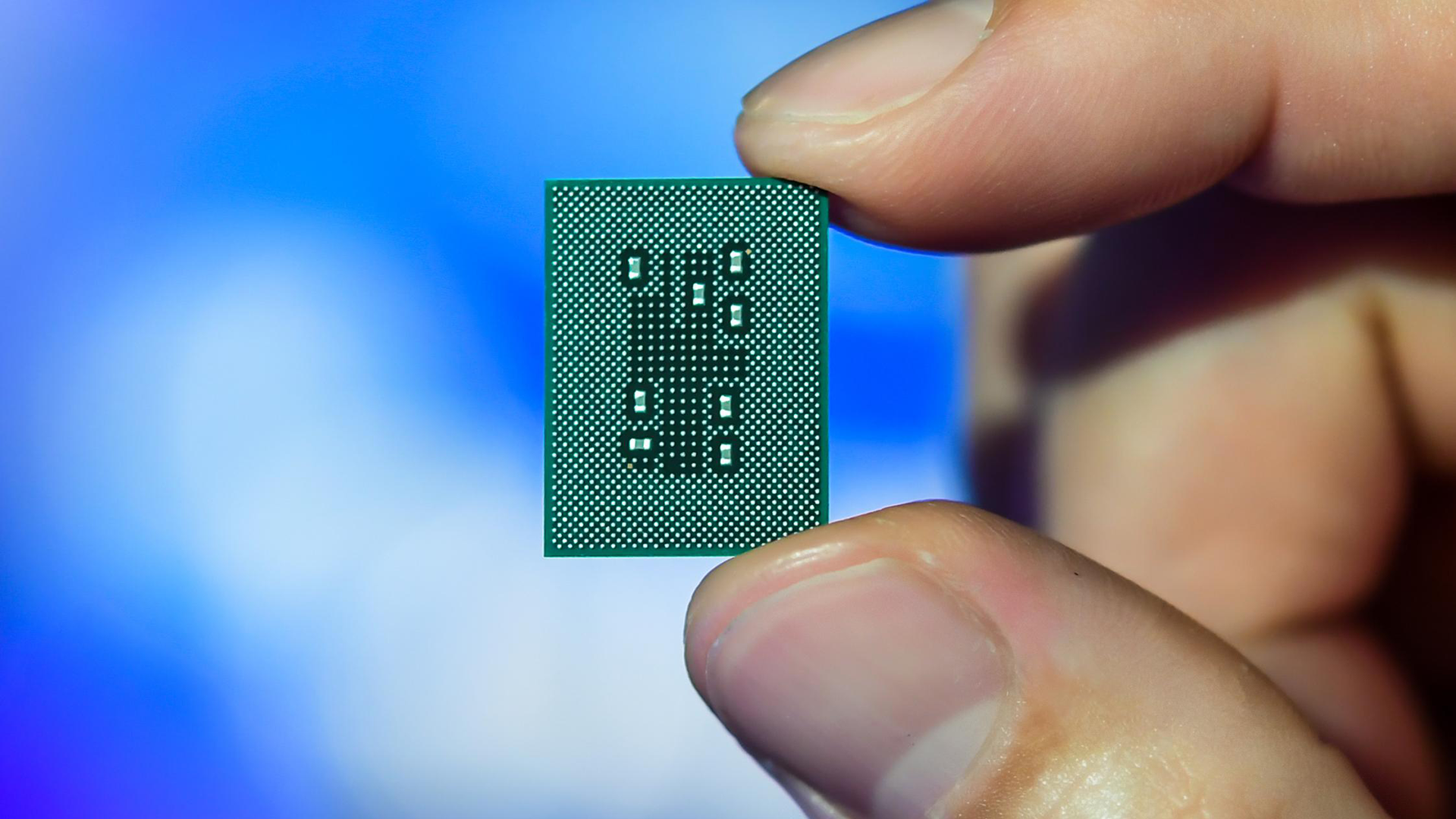Apple's Modems Are Three Years Behind Qualcomm: Report

Apple's ambitious project to create its own modem chip for its latest iPhone models has hit a wall, despite years of effort and billions of dollars invested, reports the Wall Street Journal. The company spent $1 billion to acquire Intel's smartphone modem unit in 2019 to save an estimated $7.2 billion that Apple typically spends on Qualcomm's modems, according to WSJ.
The Apple modem project, which kicked off in 2018, aimed to reduce the company's dependency on Qualcomm. However, technical challenges, poor management, and underestimation of the task's complexity have led to the project's failure, according to sources of WSJ. As a result, Apple had to continue its partnership with Qualcomm.
The endeavor reportedly began with Tim Cook's directive to design a modem logic chip, claims WSJ. The initiative led to hiring of thousands of engineers and was internally known as Project Sinope. However, the chip developed by Apple faced multiple issues, including slow performance and a tendency to overheat. The circuit board was also too large, occupying half the internal space of an iPhone, rendering it impractical for use, according to WSJ.
According to the report management issues further plagued the project. Teams were scattered across different locations in the U.S. and internationally, operating without a unified leadership. Internal communication was poor, and some managers even discouraged engineers from sharing negative updates, leading to unrealistic targets and missed deadlines. This lack of effective management contributed to the project's failure, based on the WSJ report.
Apple had initially underestimated the complexity of designing a modem chip compared to general-purpose processors and system-on-chips. Modem chips have to adhere to strict global connectivity standards and manage to adapt the phone's front end module (FEM) to existing conditions.
Financially, the failure of the in-house chip has been a blow to Apple and its investors, WSJ claims. The latter had hoped that developing the chip internally would save costs. Instead, Apple ended up paying more than $7.2 billion to Qualcomm in the previous year for its chips, the report says. The company also recently renewed its agreement with Qualcomm to purchase their modem chips until 2026.
Despite these setbacks, Apple is not expected to abandon its modem chip project. Insiders suggest that the company could produce a comparable chip by late 2025, although further delays are possible.
Get Tom's Hardware's best news and in-depth reviews, straight to your inbox.

Anton Shilov is a contributing writer at Tom’s Hardware. Over the past couple of decades, he has covered everything from CPUs and GPUs to supercomputers and from modern process technologies and latest fab tools to high-tech industry trends.
-
bit_user That's fascinating. I'm not an Apple watcher, but I wonder if the modem project had anything really to do with their main CPU/SoC development. I would assume (and it sort of sounds like) it was managed as a separate project.Reply
My assumption about their CPU project is that they basically acquired PA Semi and gave them marching orders, but probably left them well enough alone to do what they knew how to do. Not sure if that's right, but it's how I think most successful acquisitions play out.
If either Intel's modem group didn't have viable products, or they were glommed onto an existing project, to try and save it (as the timing would seem to suggest), then it's not surprising that the project didn't work out well.
some managers even discouraged engineers from sharing negative updates, leading to unrealistic targets and missed deadlines.
This is the real kicker. Pretty much spells death, for any kind of ambitious project. -
Drazen One thing is developing digital SoC and completely different is analog, RF modem.Reply
Apple got their CPUs thanks to people who fled Intel and later fled Apple to create Nuvia, now Qualcomm.
But to create a 5G modem you must have competent people in every area. And, as we see, Intel was not competent enough. -
hotaru.hino I saw this book sitting on someone's desk at work and had a look at it on a curiosityReply
Yeah 5G is no joke. And that book is meant to cover the basics. -
Co BIY Taking a struggling project then acquiring a failed division of a frenemy corporation on the cheap to glom onto it doesn't sound like a recipe for success.Reply -
Pei-chen A company with the largest war chest in history and exclusive access to TSMC’s 3nm process cannot built even an standalone 5G model while Huawei, under sanctions by effectively the whole NATO, can integrate 5G modem and dual band satellite communication into its homegrown SoC.Reply
Not sure what kind of engineers Apple got but they are overpaid -
bit_user Reply
That's actually not as uncommon as you might think. Given a lot of largess and resources, it's possible for organizations to be very inefficient. Larger organizations also tend to be more bureaucratic.Pei-chen said:A company with the largest war chest in history and exclusive access to TSMC’s 3nm process cannot built even an standalone 5G model
Their IP isn't new, AFAIK. I think that's based on the same IP they were using pre-sanctions.Pei-chen said:while Huawei, under sanctions by effectively the whole NATO, can integrate 5G modem and dual band satellite communication into its homegrown SoC.